Operation of the Vertical Quick Opening Closure
The Opening of Headcover
Before opening the head cover of the Vertical Quick Opening Closure, make sure the equipment is emptied and drained. Make sure you follow the safe operating procedures.
1. Before attempting to open the closure, check that the vessel isolating procedures have been fully adhered to and drained.
2. Loosen the safety bolt. If the equipment still has residual voltage, it will leak through the safety bolt. At the same time, it will have an airstream sound. Meanwhile, screw the safety bolt back into the lock. Then check whether the atmospheric valve and drain valve are opening. If they are opening, you should wait for the equipment to empty and blow down. If they are not open, you should set them open right now, and then wait until it is completely drained.
3. When there is no residual voltage (the pointer of the pressure gauge points to zero and the airflow sounds stop), you can open the head cover of the Vertical Quick Opening Closure. The specific operating steps are as follows:
First, unlock the safety interlock device (remove the safety screw, safety pin, and lock plate). Then use the special wrench to rotate the location hand wheel and follow the sign directions. Let the three-piece clamp open. Finally, rotate the hand wheel in a clockwise direction. Lift the head cover. Until it reaches the distance between the lower surface of the head cover and the upper surface of the barrel flange, which is longer than 50 millimeters, stop rotating the hand wheel.
4. Move the turning arm to be equal to or greater than 100 degrees until it does not affect the operation location, and then fasten the hand wheel.
After these four steps, the process of opening the head cover is over.
The Closing and Lock of Headcover
The operating procedure is as follows:
Before closing the head cover of the Vertical Quick Opening Closure, clean the sealing surfaces and seal grooves; remove corrosion, water stains, residual paint, dirt, dust, and any debris that affects the seal. Wipe clean; do not allow any residual dirt.
Carefully check the surface of the sealing ring for cracks, scratches, permanent deformation, bulges, chemical damage, and other defects. If any defects are found, the sealing ring must be replaced.
Evenly apply a layer of grease (Vaseline, glycerin, and other anti-rust oil can be applied) to the sealing tank and the sealing surface. Carefully put the sealing ring into the sealing tank (first into the 12 and 6 o’clock directions, and press it with your hand, and then into the 9 and 3 o’clock directions, so that the sealing ring is evenly distributed). The sealing ring should be placed flat on the end, leaving no hanging place.
Evenly apply a layer of grease (Vaseline, glycerin, and other anti-rust oil can be applied) in the sealing tank and the sealing surface, and carefully put the sealing ring into the sealing tank (first into the 12 and 6 o’clock direction, and press it with your hand, and then into the 9 and 3 o’clock direction, so that the sealing ring is evenly distributed). The sealing ring should be placed flat on the end, leaving no hanging place.
Turn the rotated hand wheel in an anti-clockwise direction to close the cover.
Cautions need to pay attention to the Vertical Quick Opening Closure
Install a safety interlocking mechanism.
Attention:
1) The safety bolt should be installed in place; do not forcibly install it.
2) If the installation is not smooth, it may be that the clamp is not in place and the opening and closing screws need to be adjusted.
Attention:
The safety bolt must be screwed vertically by hand, not tilted. The force should be moderate, do not exert too much force.
Rotate the safety interlock device button to put the front plug right in the hole.
Attention:
After opening the cover, the seal and the mechanism surface must undergo corrosion prevention.
It is the best way to prolong the span of life.
Advantages of the Fermeture verticale à ouverture rapide
The Vertical Quick Opening Closure offers numerous advantages. It dramatically reduces the time needed for operators to access pipeline systems, enhancing productivity. The design prioritizes safety with features like safety interlocks to prevent accidental opening under pressure. Its ease of operation minimizes the need for specialized tools or extensive training. Additionally, the robust sealing mechanism ensures a tight closure, preventing leaks and maintaining system integrity. This closure is also versatile, accommodating various pipeline configurations and pressures. Lastly, its durable construction promises longevity, reducing the frequency of replacements and maintenance costs.
Conclusion
In conclusion, following these steps ensures safe operation. First, check for pressure, then proceed to open. Next, clean and inspect the seal before closing. Finally, apply grease and close the cover. Remember, correct handling prolongs the closure’s life. Always prioritize safety and precision during maintenance.


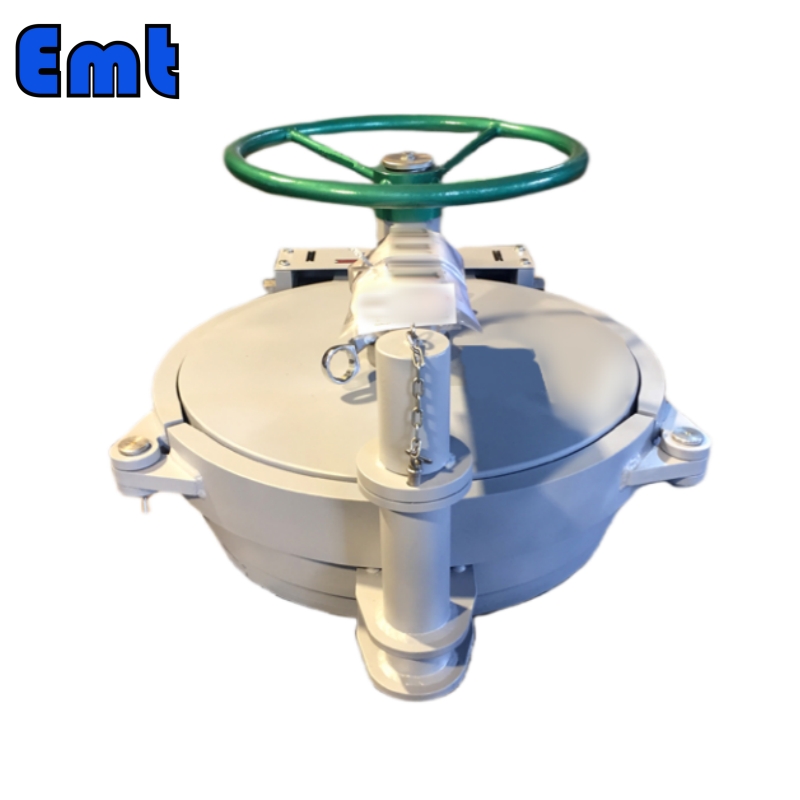
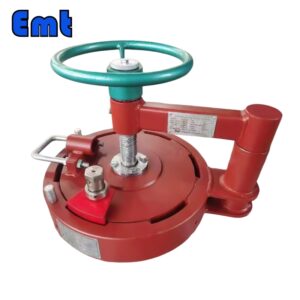

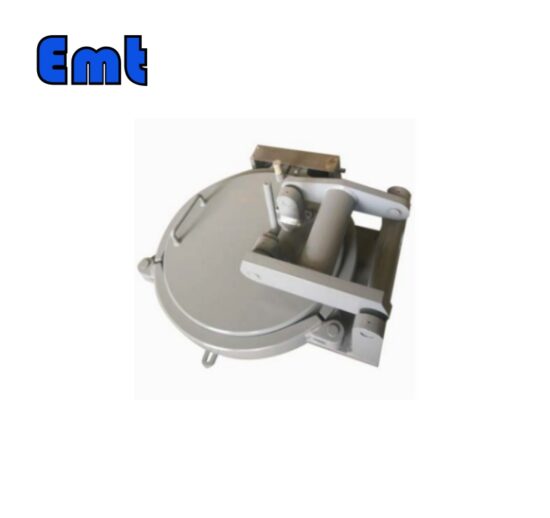
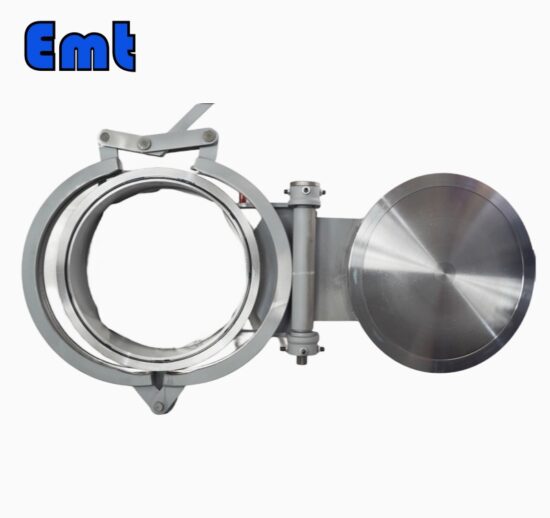
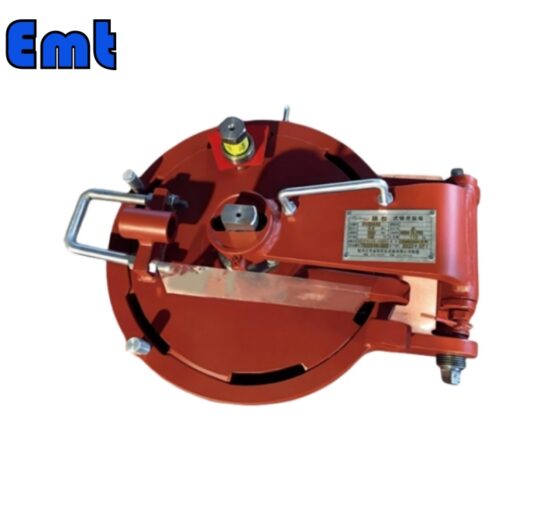
Il n’y a pas encore d’avis.